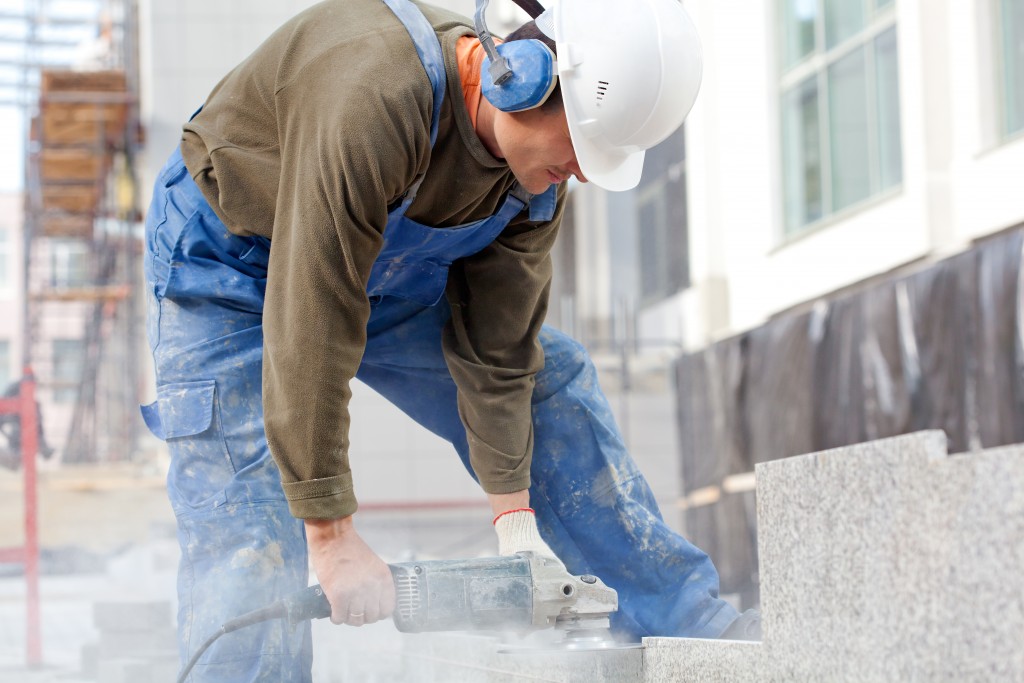Work-related injuries are probably the last thing in your mind while planning your business. But these are common incidents that you shouldn’t overlook. In 2018, a total of 5,250 fatal work injuries were recorded, a 2% increase from 2017.
Safety hazards lurk in all kinds of workplaces, and in all types of professions. There may be certain workers that are at a higher risk, like construction workers and truck drivers, but office workers, service workers, and retail workers can also be just as susceptible if their employers failed to prepare for the risks.
Therefore, no matter the industry you’re embarking on, it’s important to have a streamlined integrated risk management solution for your business. Such technology helps you identify the most common safety incidents in your workplace, giving you a chance to reduce the risks of them occurring again.
That said, let’s identify the safety hazards you’ll likely encounter in your startup.
Slips, Trips, and Falls
Poor housekeeping and clogged drains make the floor slippery, raising the risks of slips, trips, and falls happening. If your operations rely on a lot of equipment, like photography or filming, the wires from the cameras and lights can pose a tripping hazard. And any worker that climbs heights are at risk of falling if they’re not given proper fall protection equipment, such as a helmet, ladder, guardrails, and harness.
Caught-in or Struck-by Moving Machinery or Equipment
Factories and other workplaces that use plenty of complex machinery and equipment face these hazards the most. An employee may get their hair or fingers caught in a moving machine, or their heads struck by a swinging equipment. Incidents of such are at a high risk of occurring if employers do not provide proper training and protective guards.
Fire and Explosions
If flammable substances are present in your workplace, you should have an evacuation plan for when a fire accidentally starts. You should also have fire extinguishers, alarms, and sprinkler systems that you know how to operate. Your fire safety measures can also be useful for other disasters like an earthquake, where immediate evacuation is required.
Vehicular Accidents

If you’re including door-to-door deliveries in your services, vehicular accidents are at risk of happening every time your courier sets on their way. Even if they are skilled drivers, there’s still a chance that a reckless motorist causes them harm.
Violence
You may encounter a hot-headed customer who would hurt you or your staff if they feel dissatisfied with your service. Or, a member of your staff may harass another staff, causing a commotion or severe, lasting conflicts.
Eliminating Hazards and Reducing Risks
Your risk management plan should include a log where your staff can report incidents. This allows you to follow up with the necessary action right away, and enables you to identify the most common incident that occurs in your premises.
Instruct your employees to keep a keen eye on potential risks, which they have to report immediately. Assign a safety warden per team or department, so all the risk and hazard reports can be systemized.
Next, develop a plan that will eliminate or control all the hazards. Seek a free safety consultation to do this properly. The Occupational Safety and Health Administration (OSHA) has a detailed recommendation for hazard prevention and control, so make time to study it and apply what you’ve learned. By doing so, you can qualify for a one-year exemption from OSHA inspections.
Preparing for risks may not be a rousing part of business planning, but without it, you’ll never know the extent of damage you may suffer from the safety hazards. Predicting risks are just as important as forecasting your finances, so make it a priority, and be consistent in managing them when your business starts running.






